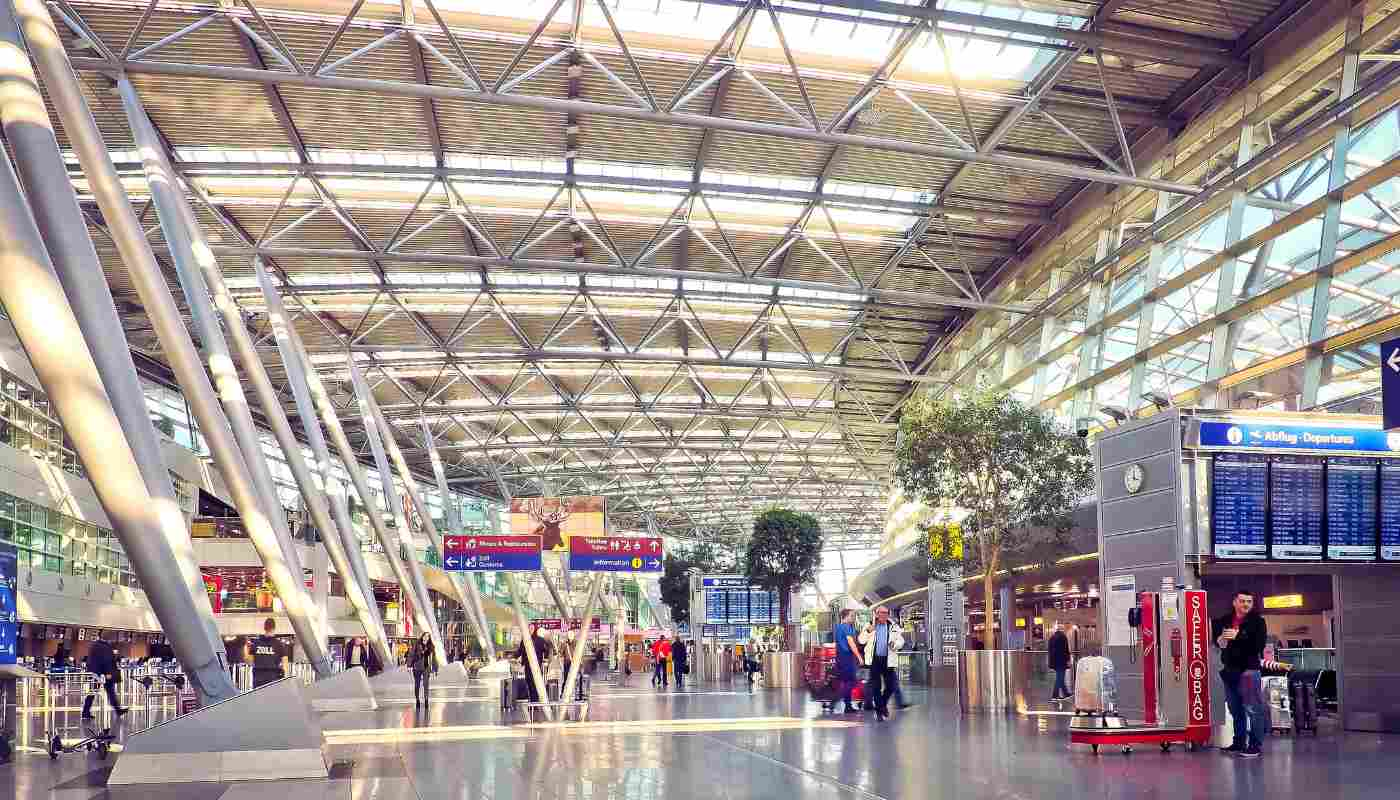Airports are undergoing a period of intense renewal and expansion. Air travel demand is on the rise, but airports are no longer focusing solely on getting planes in and out on time. Thanks to the evolution of digital technologies and next-generation infrastructure, the conversation is shifting toward revenue diversification, specifically the opportunity to boost non-aeronautical income. In an industry long reliant on landing fees and airline charges, forward-thinking airports are now transforming into more dynamic and flexible commercial hubs, tapping into new revenue streams that are not tied directly to flight operations.
This pivot is not purely about increasing profits, it’s about futureproofing. Volatile fuel prices, geopolitical tensions, and environmental regulations are all factors that make traditional aviation revenues an uncertain long-term prospect. Meanwhile, non-aeronautical income offers resilience and long-term growth. So, where are airports winning beyond the runway?
Real Estate Development
Exemplar: Dubai International Airport (DXB)
Dubai International and its sister airport Al Maktoum (DWC) have expanded far beyond runways and terminals into full-scale urban development. With free zones, office parks, logistics hubs, and hospitality offerings, Dubai Airports exemplify how aviation infrastructure can seed broader economic ecosystems. Dubai Airport Freezone (DAFZA), situated adjacent to DXB, is home to over 1,600 companies from sectors like electronics, pharmaceuticals, and aerospace, generating significant leasing and commercial revenue.
Digital and Data Monetisation
Exemplar: London Heathrow Airport (LHR)
Heathrow Airport is tapping into digital transformation not just to improve operations but to unlock new income. Through its Heathrow Retail Academy, data insights are used to personalise retail offerings and target high-value customers. Beyond retail, airports like Heathrow are also exploring partnerships with tech firms to monetise Wi-Fi data, passenger flow analytics, and advertising impressions – all while improving the travel experience.
Retail and Luxury Concessions
Exemplar: King Khalid International Airport (RUH)
Saudi Arabia’s King Khalid International Airport in Riyadh is a consistent record-breaking enterprise for retail, particularly in its luxury shopping segments. RUH serves 15 million passengers annually, and in 2023 it saw revenues grow by 66% from retail, food & beverage and services compared to the comparable period in pre-pandemic 2019, while duty free sales rose by 93%. The airport continues to expand its luxury retail offering, while reaching out to new consumer segments, becoming the first airport in the Middle East region to receive the Welcome China certification, issued by the Chinese Tourism Academy.
Hospitality and Passenger Services
Exemplar: Hamad International Airport (DOH)
Qatar’s Hamad International Airport has built a brand that prioritises comfort as well as connectivity. Its premium lounges, wellness spas, airside hotels, and art installations serve a dual purpose: enhancing the passenger experience while driving high-margin revenues. The airport’s recent expansion project has added luxury hospitality spaces and experiential amenities, positioning it as a destination in itself – particularly for long-haul travellers and transit passengers.
Sustainability-linked Revenue Streams
Exemplar: Oslo Airport (OSL)
With growing pressure to decarbonise, airports are also exploring green revenue opportunities. Oslo Airport is a pioneer in this space, having become the world’s first hub to offer biofuel through its regular fuel system. Additionally, the airport charges differential fees based on environmental impact, incentivising cleaner aircraft and practices. Sustainability is no longer just a compliance issue; it’s a new frontier for revenue — attracting climate-conscious passengers and partners alike.
Reimaging the Airport as a Multidimensional Enterprise
The age of the airport as a purely transit-focused infrastructure is over. In today’s competitive and volatile aviation landscape, non-aeronautical revenue has emerged not only as a supplement but as a stabilising force. From shopping and real estate, to digital services and sustainable innovation, airports that embrace a broader vision are proving more adaptable, and ultimately more profitable.
Airports that invest in creating seamless, engaging, and diversified spaces will hold a significant edge. This will require investment and innovation, and the intelligent integration of emerging digital technologies using reliable solution providers such as Global Airports Forum exhibitor Leidos.
To secure an early mover advantage, industry stakeholders must recognise the new reality that airports are no longer just gateways, they are becoming marketplaces, innovation hubs, and experience-based destinations in their own right.



